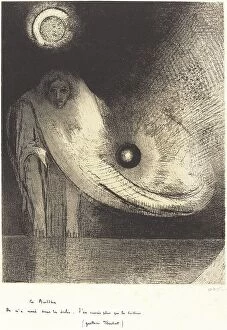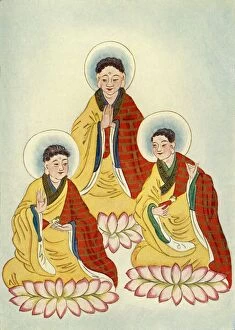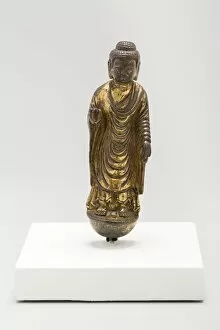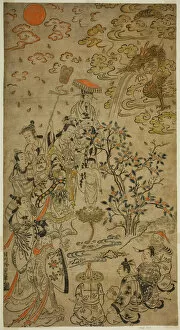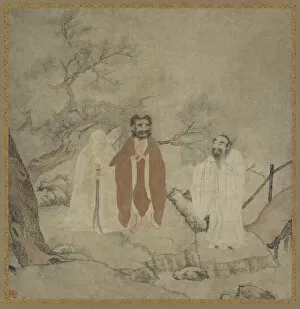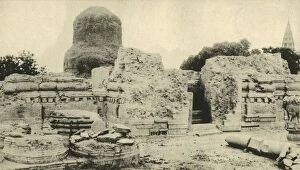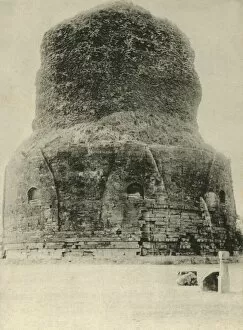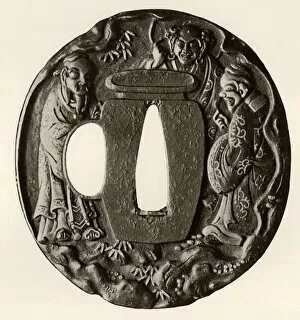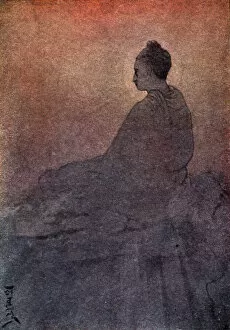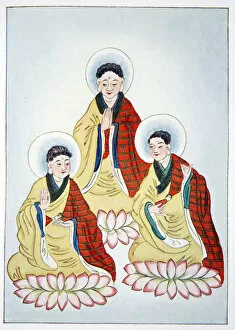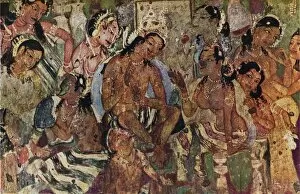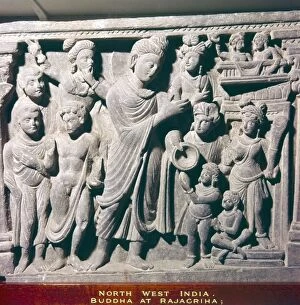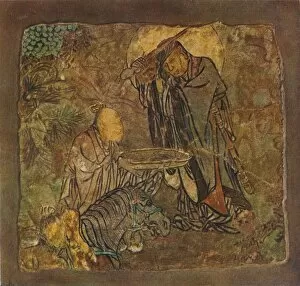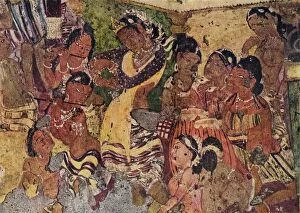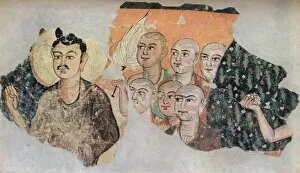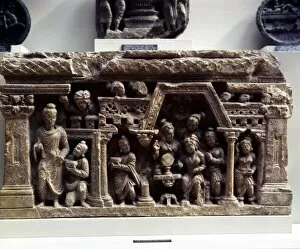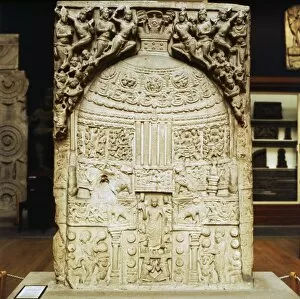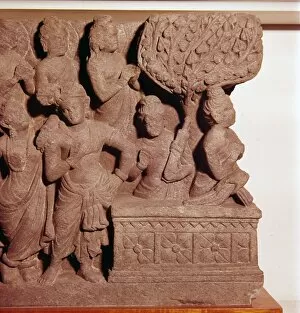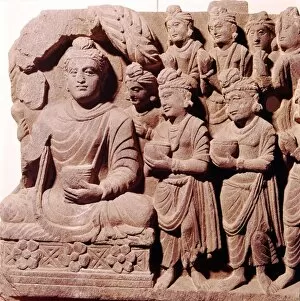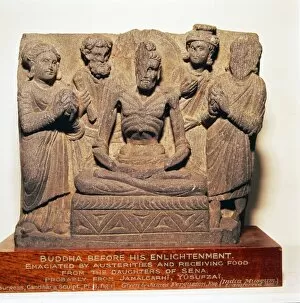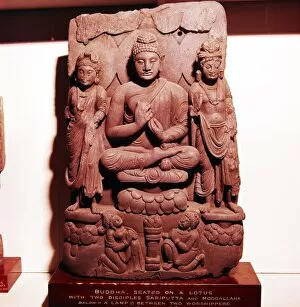Prince Gotama Collection
"Prince Gotama: Tracing the Journey of Enlightenment through Art" Discover the captivating story of Prince Gotama, later known as Gautama Buddha
For sale as Licensed Images
Choose your image, Select your licence and Download the media
"Prince Gotama: Tracing the Journey of Enlightenment through Art" Discover the captivating story of Prince Gotama, later known as Gautama Buddha, through a series of mesmerizing artworks. The Wall painting from the Caves of Ajanta showcases Raja Mahajanaka, symbolizing the prince's early life filled with luxury and privilege. In "The Buddhist Triad, " an unknown artist beautifully depicts three revered figures - Sakyamuni, Lao Tzu, and Confucius. This artwork highlights Gautama Buddha's profound impact on religious philosophy during the Ming dynasty. Witnessing Gautama Buddha's transformation is depicted in "Gautama Buddha at Rajagriha. " Here he receives offerings of dust, representing his renunciation of worldly possessions to seek enlightenment. The Tang dynasty sculpture "Buddha Standing with Hand in Gesture of Reassurance" portrays a serene figure radiating peace and compassion. It reflects how Prince Gotama became enlightened and dedicated his life to teaching others about inner peace. "The Birth of the Buddha" by Hanekawa Chincho captures Siddhartha Gautam's miraculous birth surrounded by celestial beings. This artwork represents hope for humanity as it signifies the arrival of a great spiritual leader who would guide people towards liberation. "The Victory of Buddha" illustrates Gautama Buddha triumphantly overcoming obstacles on his path to enlightenment. Created in 1920 by an unknown artist, this piece celebrates his ultimate victory over suffering and ignorance. Through "The Final Release, " we witness Gautama Buddha attaining Nirvana – complete liberation from cyclic existence. This poignant artwork invites contemplation on life's impermanence and eternal truths discovered by Prince Gotama. "Buddha as Mendicant" portrays Siddhartha leaving behind material wealth to embrace asceticism—a crucial step towards understanding human suffering deeply before finding middle-path realization.

